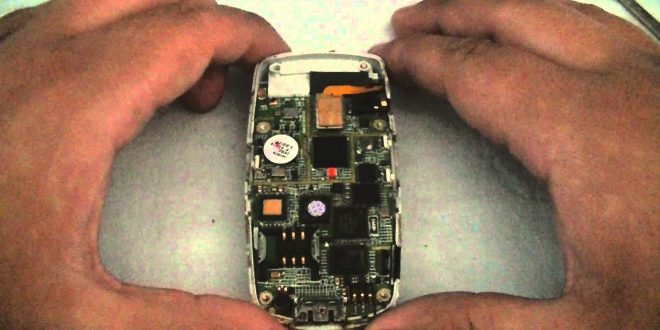A simple chemical method could help salvage some of the estimated 300 tonnes of gold used in electronics each year, a study shows.
Unlike existing methods for retrieving the precious metal from electronic circuit boards, the new technique doesn’t involve highly toxic substances.
Instead of cyanide, the poisonous substance commonly deployed, the team led by Professor Jason Love, from the Edinburgh University’s School of Chemistry, used a completely harmless compound. When compared to the conventional gold extraction method, the new technique, described in the latest issue of the journal Angewandte Chemie, extracted the gold more efficiently.
“We are very excited about this discovery, especially as we have shown that our fundamental chemical studies on the recovery of valuable metals from electronic waste could have potential economic and societal benefits,” Professor Love said.
Electronic waste is believed to contain as much as seven per cent of the world’s gold. An average smartphone contains about 0.2g of gold in its circuit board and the SIM card, together worth about £1.80. Frequently, these precious metal go to scrap with the rest of the gadget.
The new technique by the Scottish team involves submerging printed circuit boards in a mild acid to dissolve the metal parts. Afterwards, an oily liquid containing the team’s chemical compound is added, which separates the gold from the mixture of other metals dissolved in the acid.
The research team believes their discovery could help salvage some of the estimated 300 tonnes of gold used in electronics each year. The team believes the technique could enable large-scale recycling of gold in future and reduce environmentally hazardous gold mining, which is also responsible for a considerable amount of carbon dioxide emissions.
The study was funded by the Engineering and Physical Sciences Research Council.
Agencies/Canadajournal
 Canada Journal – News of the World Articles and videos to bring you the biggest Canadian news stories from across the country every day
Canada Journal – News of the World Articles and videos to bring you the biggest Canadian news stories from across the country every day



